Pests
-
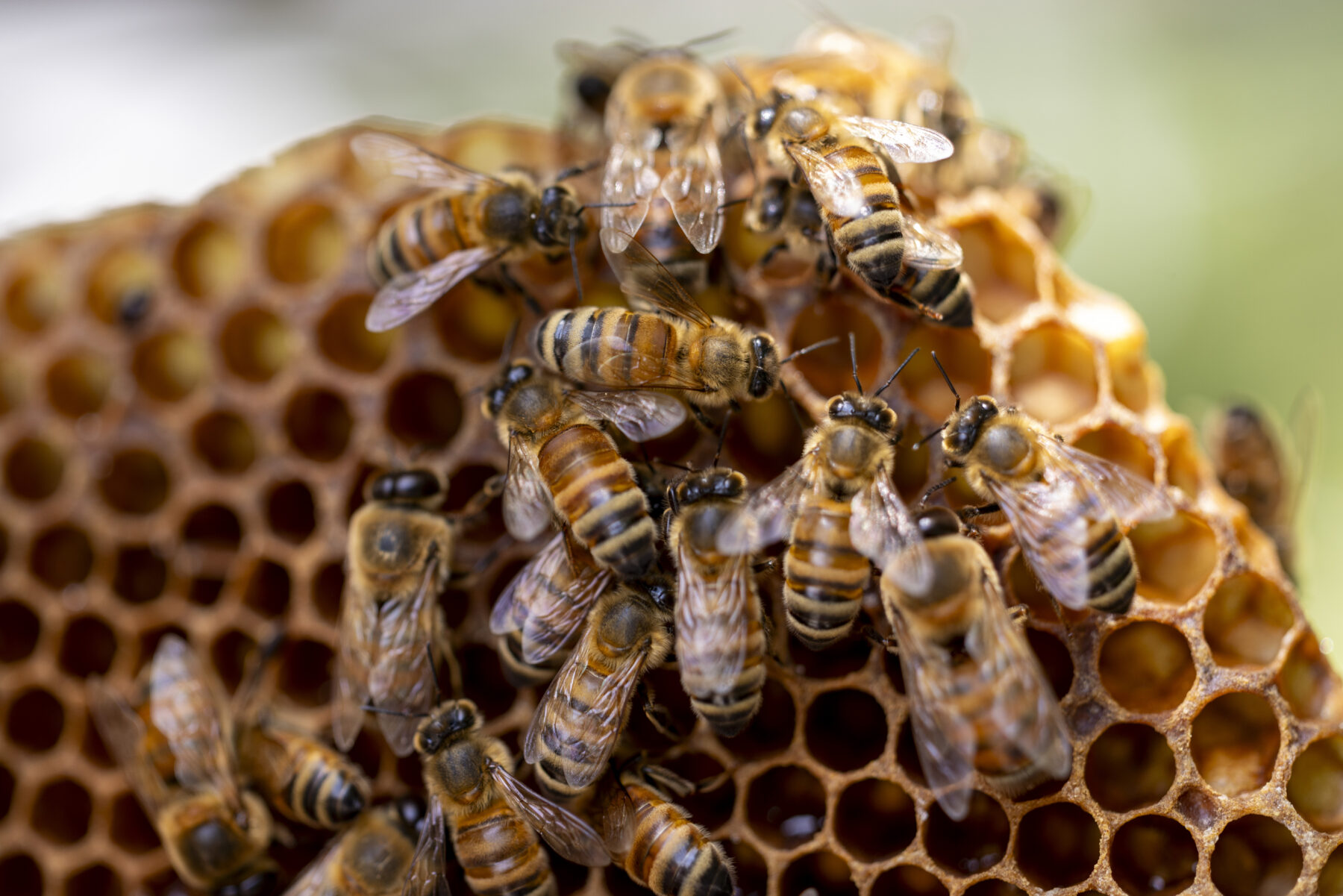
Authors: Elmer Gray, Research Professional IV, University of Georgia and Jennifer A Berry, Adjunct Professor, Entomology, University of Georgia Sydney Weigand (Ed.), 2025 Most Georgia residents are well-aware of how annoying mosquitoes can be. Not only do they deter us from participating in our favorite outdoor activities, they can spread serious diseases like West Nile…
-
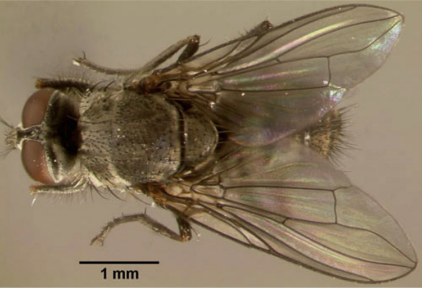
Haematobia irritans (Linnaeus) Author: Nancy Hinkle, Extension Veterinary Entomologist, University of Georgia, 2021 Description Immature stages: Eggs are tan, yellow or white then turn into a reddish-brown color prior to hatching. Eggs are oval and concave on one side and convex on the other, approximately 1.2 mm long. Newly hatched maggots are white, about 1.5 mm…
-
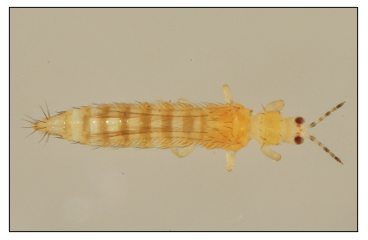
Ashfaq A. Sial1, James Jacobs2, Zack Williams3, and Will Brown41Department of Entomology, University of Georgia, Athens, GA 30602, 2University of Georgia Cooperative Extension, Pierce County, Blackshear, GA 31516, 3University of Georgia Cooperative Extension, Bacon County, Alma, GA 31510, 4University of Georgia Cooperative Extension, Appling County, Alma, GA 31510 Identification and Biology Flower thrips are chronic…
-
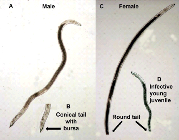
Hoplolaimus spp. Importance: Plant-parasitic nematodes belonging to the genus Hoplolaimus are commonly called lance nematodes. These nematodes are primarily migratory ectoparasites meaning they feed externally on the roots. Lance nematodes are known to cause damage to a wide variety of field crops (cotton, soybean, corn, peanuts etc.), fruit trees (apples, citrus, peaches, mango, bananas etc.), vegetables (Peas, cabbage,…
-
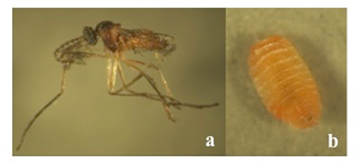
Ash Sial1, James Jacobs2, and Zack Williams31Department of Entomology, University of Georgia, 2UGA Extension, Pierce County, and 3UGA Extension, Bacon County Although blueberry gall midge has historically been referred to as a rabbiteye problem, recently it has been reported to be a concern in some southern highbush fields. The majority of the highbush infestations were primarily reported…
-
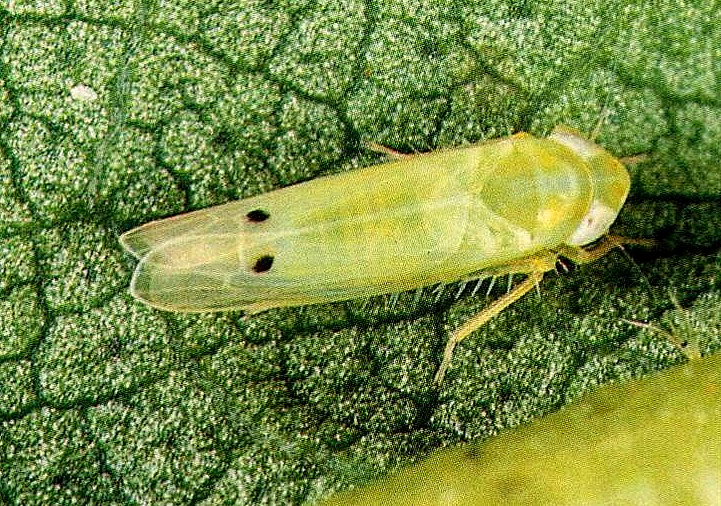
The University of Georgia Cotton Team will be keeping an eye out this upcoming season for cotton jassid or two-spot cotton leaf hopper, which was spotted in several counties in Florida last year. Phillip Roberts, a UGA Extension cotton entomologist, spoke about the cotton jassid at a recent Georgia Cotton Commission meeting, according to Southeast…
-
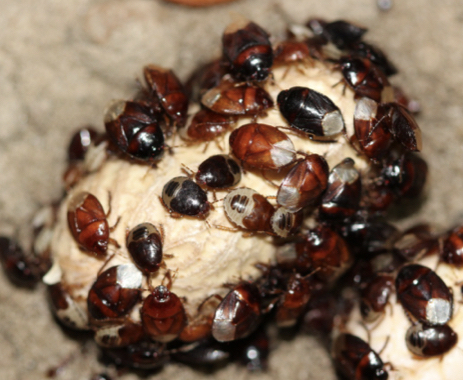
Common Name: Peanut Burrower Bug
Posted in: Pest Profiles -

Written By: Dr. Ash Sial, Entomologist, University of Georgia Blueberry bud mite, Acalitus vaccinii (Keifer) is a tiny eriophyid mite. If abundant, bud mites can abort flower buds producing symptoms that resemble cold injury or poor fruit set. Blueberry bud mites are roughly 125th inch long, white to translucent in color, and somewhat carrot-shaped, with…
-
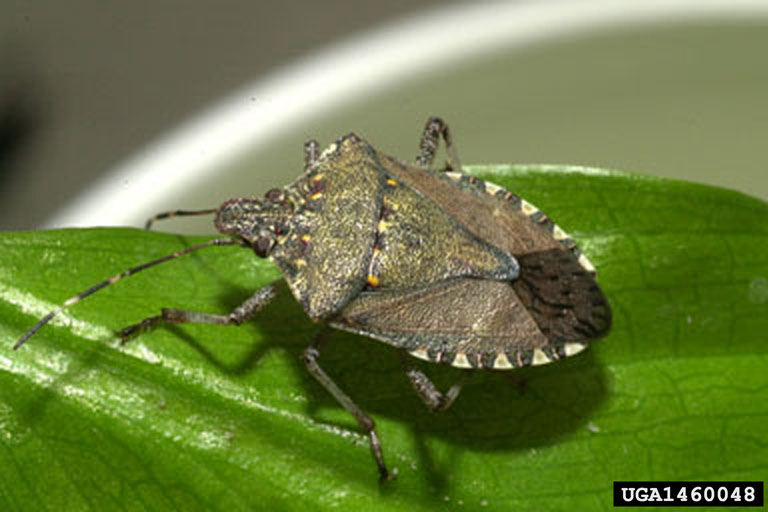
Common name: Brown Marmorated Stink Bug
Posted in: Pest Profiles